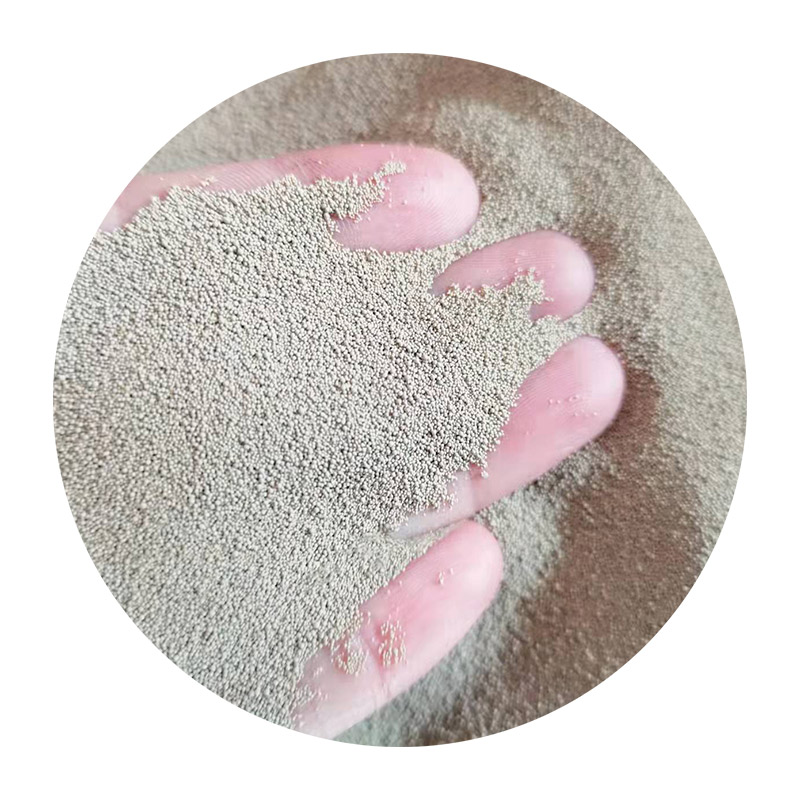The Evolution and Impact of 3D Sand Printing
In recent years, the manufacturing landscape has undergone a transformative shift, largely driven by advancements in additive manufacturing technologies. Among these technologies, 3D sand printing has emerged as a game-changer, particularly in industries such as aerospace, automotive, and architecture. This innovative technique not only streamlines production processes but also introduces a host of new possibilities for design and functionality.
3D sand printing, as the name suggests, utilizes sand as the primary material in the printing process. The technology is built on the principles of additive manufacturing, where materials are added layer by layer to create complex geometries. Unlike traditional methods that often subtract material to form parts, 3D sand printing allows for the creation of intricate shapes while minimizing waste. The process begins with a digital model designed using computer-aided design (CAD) software. The model is then sliced into horizontal layers, and the sand is selectively bonded together using a binding agent, creating each layer until the final object is formed.
The Evolution and Impact of 3D Sand Printing
Moreover, 3D sand printing provides unparalleled design flexibility. Designers are no longer constrained by the limitations of traditional manufacturing processes. Complex geometries, intricate internal structures, and lightweight designs can all be realized with ease. This freedom allows for more innovative product designs that might have been previously unattainable, fostering creativity and pushing the boundaries of engineering.
3d sand printing

In the aerospace industry, for instance, where weight savings can significantly affect fuel efficiency, 3D sand printing allows engineers to design components that are not only lightweight but also aerodynamically optimized. Similarly, in the automotive sector, it enables the rapid production of custom tooling and parts, enhancing the ability to meet specific customer requirements or test new concepts quickly.
Another noteworthy benefit of 3D sand printing is its sustainability potential. As industries become increasingly aware of their environmental impact, the reduced waste associated with this technology is appealing. Traditional methods often generate substantial scrap material, whereas the layer-by-layer approach of 3D printing minimizes excess. Furthermore, sand, being a naturally abundant resource, presents fewer sourcing challenges compared to other materials.
Despite these advantages, 3D sand printing is not without challenges. The technology requires significant investment in specialized equipment and skilled personnel to operate and maintain the systems. Additionally, while sand molds can be extremely precise, achieving the necessary level of detail and surface finish can be a hurdle in certain applications, necessitating further post-processing work.
Looking to the future, the potential applications of 3D sand printing are vast. From the construction of intricate sculptures and architectural features to the development of customized dental models, its versatility is unmatched. As technology continues to advance, we can expect ongoing improvements in print speed, material properties, and the overall efficiency of the process.
In conclusion, 3D sand printing represents a significant advancement in the realm of manufacturing, offering speed, design freedom, and sustainability. As industries continue to adapt to a fast-paced, innovation-driven environment, this technology will play a crucial role in shaping the future of production. Embracing 3D sand printing not only redefines traditional manufacturing processes but also opens the door to a world of creative possibilities that can revolutionize how we think about design and fabrication.
Post time:Դկտ . 16, 2024 06:05
Next:Exploring the Techniques and Benefits of Sand Casting in Metal Foundries
